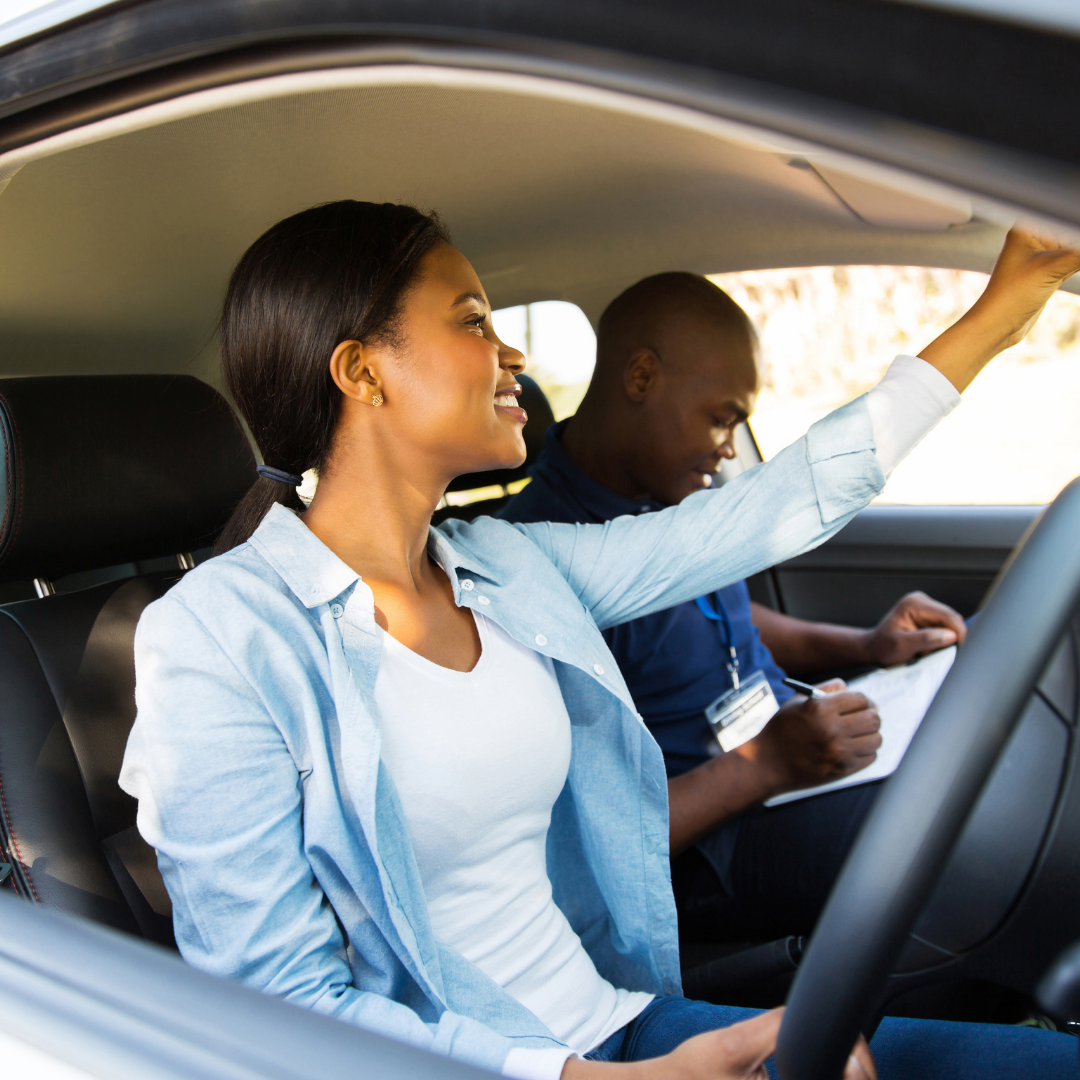Top Tips for Learner Drivers

Most people leave it to friends and family to help start and keep driving. In the beginning, someone may give instructions, but soon enough, driving becomes easier. If you have followed the same pattern, you will likely begin to find cars easier to manoeuvre over time, and you will be able to drive longer. But will you be qualified to pass your test?
When individuals enrol themselves in an established agency that has a certified DRIVING INSTRUCTOR at its disposal, the process of learning and acquiring a license tends to become simpler and more clear-cut. By learning at a driving school, you will likely learn all the important things that come with transitioning into a proper, licensed driver.
However, even with proper training, new drivers may encounter various situations that require extra caution and vigilance. From navigating congested city streets to maneuvering through unfamiliar routes, new drivers must remain attentive and anticipate potential hazards. Adverse weather conditions, such as rain, snow, or fog, can significantly impact visibility and traction, necessitating appropriate adjustments in driving behavior.
Furthermore, sharing the road with other vehicles, pedestrians, and cyclists demands constant awareness and adherence to traffic rules and regulations. Distractions, such as mobile phones or rowdy passengers, can pose serious risks and should be avoided at all times. Unfortunately, despite exercising due diligence, accidents can still occur. In such circumstances, individuals involved in a car accident may suffer injuries or property damage through no fault of their own.
In such situations, the victim might consult with a reputable personal injury lawyer from companies like Tom Fowler Law (https://www.tomfowlerlaw.com/). These legal professionals can assess the circumstances of the accident, advise on appropriate courses of action, and represent the interests of the victim in seeking fair compensation for damages incurred.
Hence, with the right information and practice, you will be able to have a great time driving as a learner and even be able to drive in the right way and with confidence.
Get A Head Start
As you start your journey as a road tester, it’s essential to approach it with the utmost professionalism and preparation. This is not a casual job, but rather a full-time commitment with lives on the line. Don’t let yourself feel overwhelmed. Start by equipping your vehicle with affordable precautions like hazard lights and reflectors to increase visibility and safety for you and other drivers. Arrive early to test sites so you can thoroughly inspect the route and conditions before beginning runs.
Focus intently on controlling speeds and concentrating even during repetitive straightaways. Consistently demonstrating maturity and responsibility on the road will lead to advancement opportunities and rewarding projects. Most importantly, never lose sight of the immense trust placed in you behind the wheel each day. Through conscientiousness and passion for safe driving, you’ll demonstrate to management and the public that road testers make our streets safer for everyone sharing them.
Take Easy Routes First
Experience and the number of miles you clock up on the clock plays a big part in how much you can expect to get out of your lesson. If you’ve never before driven a car, you’re going to need to be comfortable with basic maneuvers, easy-to-follow road signs, and the rules of the road before you can begin to build up your confidence and feel comfortable driving on the road on your own. If you’re a regular learner driver, it’s important to focus on learning the basics before embarking on a more challenging route so that you can make the most of your lessons (and the driving experience).
Keep Speed In Mind
If you notice a car driving significantly slower than the posted speed limit, it’s natural to question the driver’s reasoning. Many drivers who do this might be overly cautious or complacent, but in reality, driving too slowly can be just as dangerous as speeding. It disrupts traffic flow and increases the risk of accidents for everyone on the road. If you’re involved in an accident due to someone driving too slowly, you may need a Car Accident Attorney Litchfield IL, or elsewhere, to help you deal with the legal issues and ensure you receive a fair compensation you’re entitled to for any injuries or damages you incur.
Beyond seeking compensation, a lawyer can also assess the details of the accident, and gather evidence such as traffic camera footage, witness statements, and police reports to build a strong case. They can also communicate directly with insurance companies, ensuring you don’t fall victim to tactics that minimize your claim. And, if negotiations with the insurance company don’t result in a fair settlement, your attorney can represent you in court, presenting your case effectively to ensure your rights are protected.
You might wonder, “how much does a car accident lawyer cost?” Many personal injury lawyers operate on a contingency fee basis, which means they only get paid if you win your case. However, some lawyers may charge an hourly rate, where you pay for the time they spend working on your case. Others might offer a flat fee for specific services.
Be Mindful of Pedestrians
As a learner driver, it’s incredibly important to be extra careful around pedestrians when you’re driving. Many roads have limited or poorly maintained footpaths, so people often have to walk close to traffic. Combine this with factors like poor visibility at night, sun glare, or distracted pedestrians using devices, and the risk of a collision with someone on foot increases rapidly. So, it is advised to always drive at cautious speeds in neighborhoods, commercial areas, or anywhere with pedestrian activity.
If you accidentally hit a pedestrian, even at low speeds, the injuries can be serious. You could be held legally responsible for their medical bills, lost wages, and pain and suffering damages. The victim would likely seek help from an attorney experienced in pedestrian accidents to protect their rights and seek fair compensation. In short, prioritizing pedestrian safety not only also helps protect your driving record but keeps you safe from any potential lawsuit.
Learn How To Change Tires
Changing a tyre for the first time can be daunting. However, it doesn’t need to be. It can be a straightforward and simple job if you follow the right steps. As a new driver, you probably know that it’s important to know how to change a tyre, and not just because you’ll have to do it sooner rather than later.
Changing your own tyre will also save you money and is less damaging to your car than having to pay to have it done. When it comes to changing your own tyre though, you need to be aware of a few things. Firstly, every car is different, so you will need to check whether your car comes with a jack and a spare tyre. You should also check whether you have a tyre changing tool, depending on your make and model of car.
A top tip for learner drivers is to ensure they have the correct equipment to pass their driving test. It’s not just the car, but the kit that’s important too. From a first aid kit to a tool kit, cars are nothing without the right tools. Getting your private car license is one of the toughest things you can do in life, but it doesn’t have to be. Knowing how to drive a car safely is a vital skill, especially if you plan to get behind the wheel of an automatic or manual vehicle. Getting the right information and advice, and following it, is the best way to stay safe on the road.



0 Comments